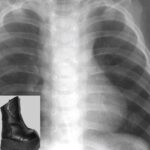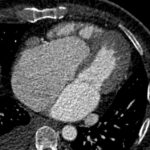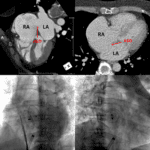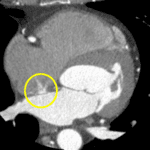What is aortic stenosis?
Aortic stenosis (AS) is defined as progressive narrowing of the aortic valve orifice leading to hemodynamic compromise and pathological strain on the heart.
It is the most prevalent valvular heart disease in the developed world.
Most cases of AS occur in bicuspid aortic valves, followed closely by tricuspid aortic valves.
Prevalence of AS increases with age: 1.3% in patients aged 65–75, 2.4% in those between 75 and 85 years, and 4% in patients older than 85.
Etiology of aortic stenosis
In younger patients
– congenital : unicuspid, bicuspid
– Rheumatic fever
In older patients
– degenerative senile calcification
– infective endocarditis
Normal aortic valve : 3-4cm2
< 2cm2 : clinically significant aortic stenosis
< 0.8cm2 : severe aortic stenosis
Aortic stenosis is the most common form of valvular heart disease for valve replacement.
- Acquired
- Rheumatic valvulitis
- Senile calcific degeneration
- Congenital
- Bicuspid aortic valve
- Bicuspid aortic valve is the most common congenital cardiac malformation and is at increased risk of both valvular and vascular complications
- Calcification at aortic valve
- Well visualized on lateral view than PA view
- Bicuspid aortic valve
Imaging finding of aortic stenosis
Plain radiograph and CT
– Concentric LVH : round shaped left lower cardiac border and cardiac apex
– Post-stenotic dilatation : abnormally projecting dilated ascending aorta through the right upper cardiac border
– Aortic valve calcification
– Aortic valve thickening
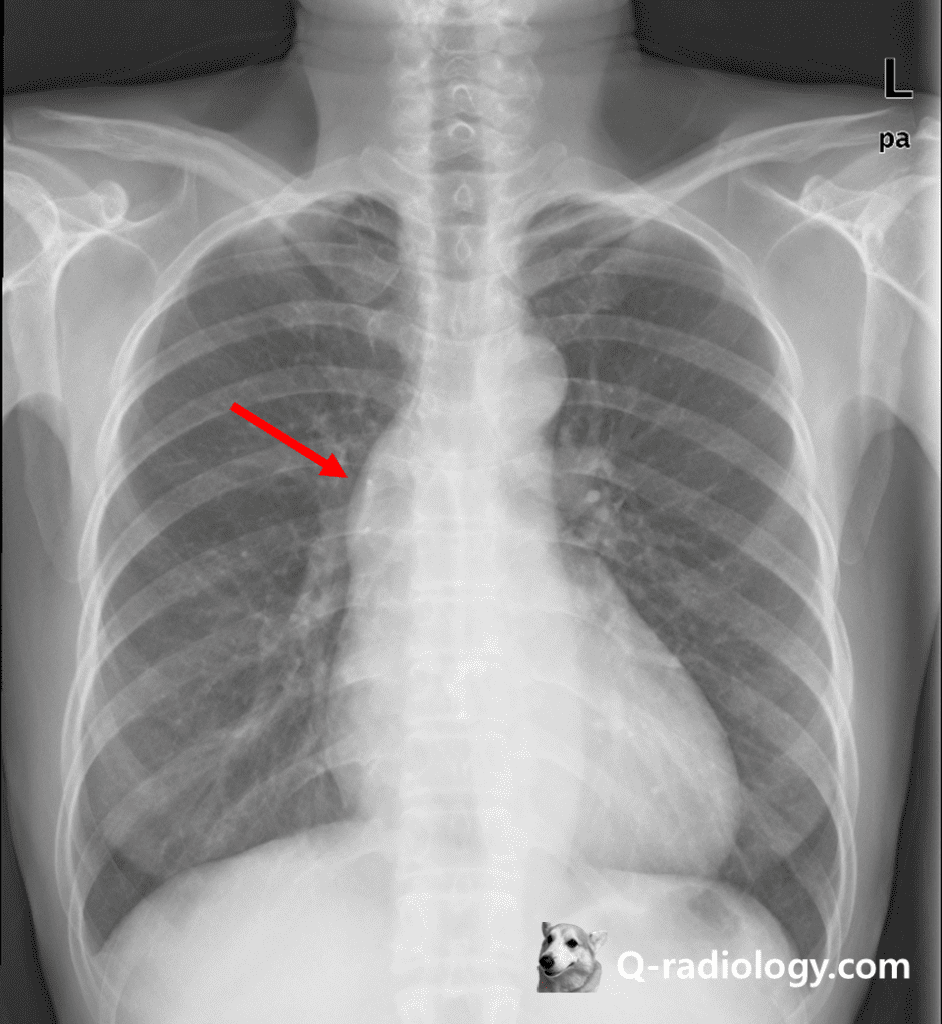


Complications or accompanied anomaly in bicuspid aortic valve
Aortic sinus aneurysm, aortic regurgitation, aortic dissection, coarctation of the aorta, coronary artery origin anomaly, ventricular septal defect, infective endocarditis


Transcatheter arotic valve implantation or replacement (TAVI/TAVR)
- To replace the aortic valve through a transvascular (transfemoral) or transapical approach, for severe aortic stenosis
- Less invasive and can be performed on the beating heart
- Complications
- Inadequate transcatheter heart valve function, expansion, and position
→ paravalvular aortic regurgitation (PAR) - Complications at the access site and along the chosen access route
→ pseudoaneurysms - Peri- and postprocedural stroke
- Leaflet thrombosis; recently recognized as important mechanism of transcatheter heart valve failure
- Inadequate transcatheter heart valve function, expansion, and position
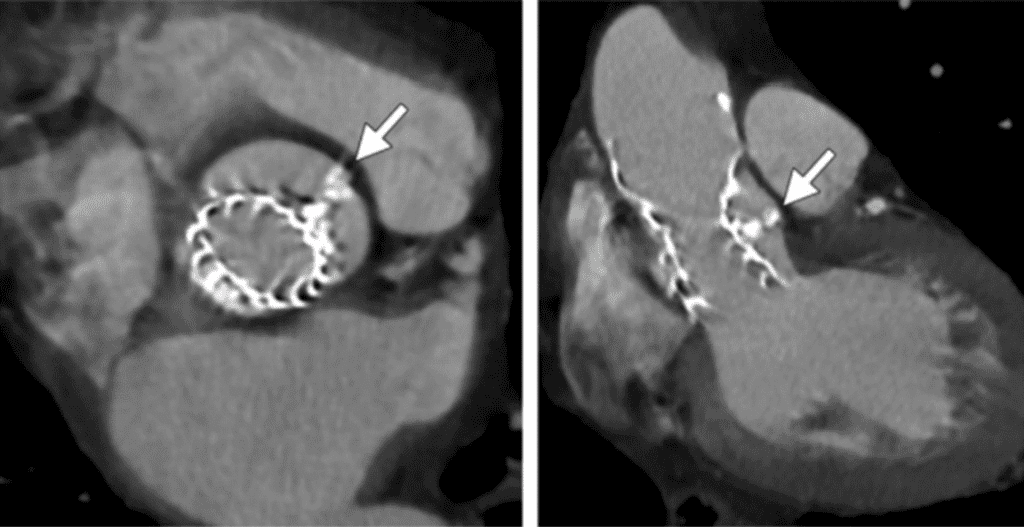

recently recognized as important mechanism of transcatheter heart valve failure

Reference)
Charles S. White, Linda B. Haramati, Joseph Jen-Sho Chen, and Jeffrey M. Levsky (2014), Cardiac Imaging, Oxford university press
Marc Dewey (2014), Cardiac CT, Springer Heidelberg New York Dordrecht London
